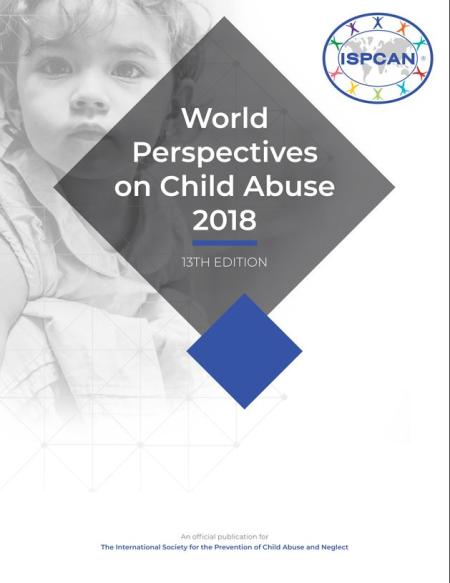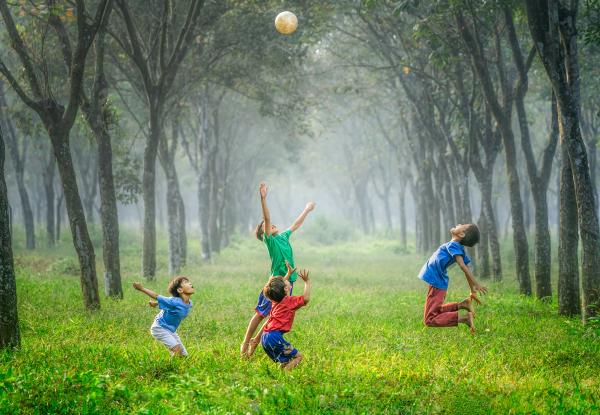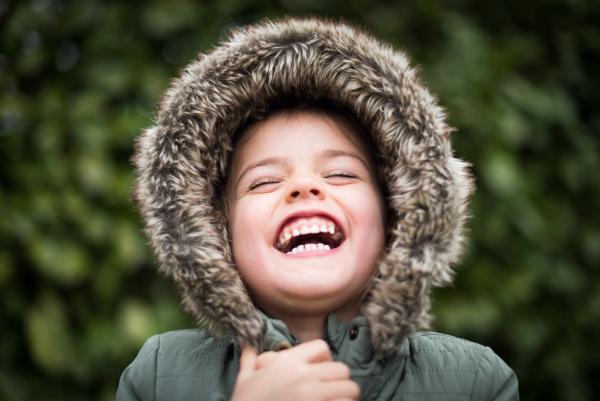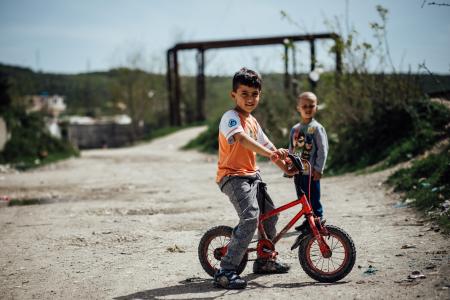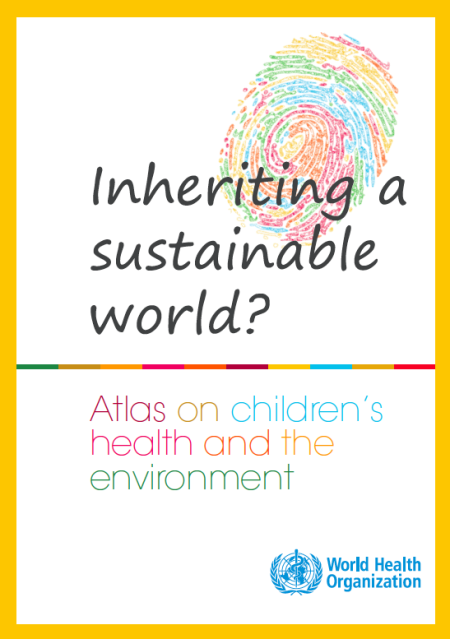
Let’s follow a child’s life who was born in 2020. Let’s see how the living conditions change in Australia when this child becomes 10, 20 and 30 years old. The article could be a short story but actually, it is based on information from IPCC reports, NASA Climate Change data, CSIRO climate change projections, and consultations with leading climate and resilience research experts.
1. Ayla is being conceived in 2020
Ayla’s soon-to-be parents were living on the east coast of Australia, where the largest ever bushfire kicked off in October 2019 after recording the hottest year of the country. The parents were helping out on their family farm to save their parents’ belongings from the bushfire approaching. Ayla was conceived during that summer and she was born in October 2020.
2. Ayla is turning 10 in 2030
Even though it is a happy period of a child, Ayla’s parents have to deal with more and more difficulties on their farm due to climate change. Rain is getting less predictable every year, which makes agriculture suffer. Dry summers increase the risk of bushfires.
Ayla’s generation is the first who talk about climate change in the present tense in schools: the average global temperature has risen to about 1.2 degrees Celsius higher than it was before people starting using machines and burning coal about 270 years earlier.
Sea levels will rise 10 centimeters higher in Ayla’s lifetime at 2C. If the temperatures only rise to 1.5C, like written in the Paris Agreement, it's enough to displace 10 million more people or the land they use to grow their food. The ocean will also become more acidic at 2 degrees which affects all the species living in the waters.
By the time she was 10, Ayla and her family had moved to the family farm permanently. She had spent two summers at the beach and two in an evacuation center.
According to Paris Agreement the world was supposed to be on track to keep warming to within 1.5C. 2030 Paris Targets weren't ambitious enough and a lot of countries didn't meet their pledges anyway. The new target is 2C.
3. Ayla is turning 20 in 2040
Ayla heads to university, she has chosen to study town planning, to design resilient towns for the future. There's a growing industry around designing towns that can be resilient to more extreme climate and weather events.
Ayla got an electric vehicle as a birthday gift. After 2030 global annual emissions started falling, they are predicted to reach net-zero some time in the 2050s. But even when they get to zero, the climate will keep warming.
Due to global warming there are animal species their number have radically fallen and it cause changes in forest structure as well.
Farmers need to adopt new conditions, and they may need to switch to other variety of plants. Tourism and fishing industry are hit badly.
Australia gets the vast majority of its energy from renewables. They made efforts to invest into clean hydrogen, so that they could become an exporter of clean energy and products like clean steel.
4. Ayla is turning 30 in 2050
In the year Ayla turns 30, she's started thinking about having a kid of her own. It is very difficult to find a livable and sustainable place for her family.
Average warming on the central east coast where she lives is 1.5C above pre-industrial levels, and the world is still getting warmer - Australia's southwest has dried out significantly. Warming is forecast to near 2C late in her life.
Agriculture fell back and the price of basic food has risen dramatically. Still there are tropical cyclones hitting the coastal areas and there have been numerous animal extinctions since Ayla was born. Stopping warming is the number one priority, but building resilience has also become necessary.
As a town planning engineer, she believes that her future children may have a proper life in resilience towns which are being designed to minimize the damage from natural disasters. Communities of these towns are empowered to engage with managing disaster response. State also support these programs and they help lower-income earners relocate to resilient communities.




